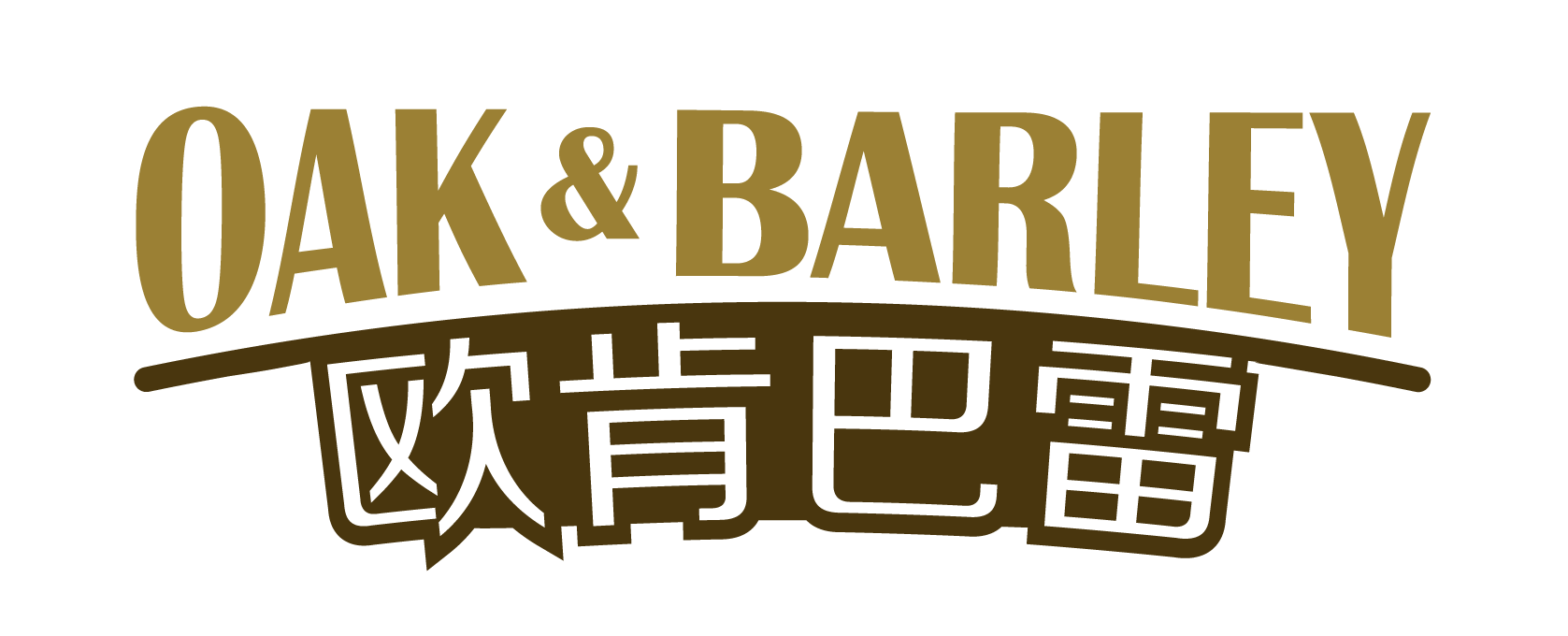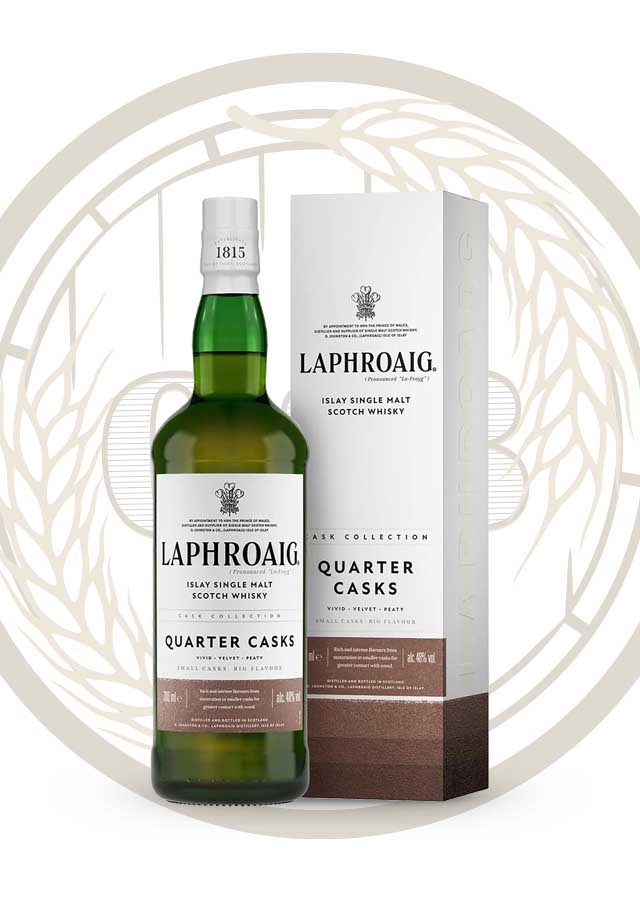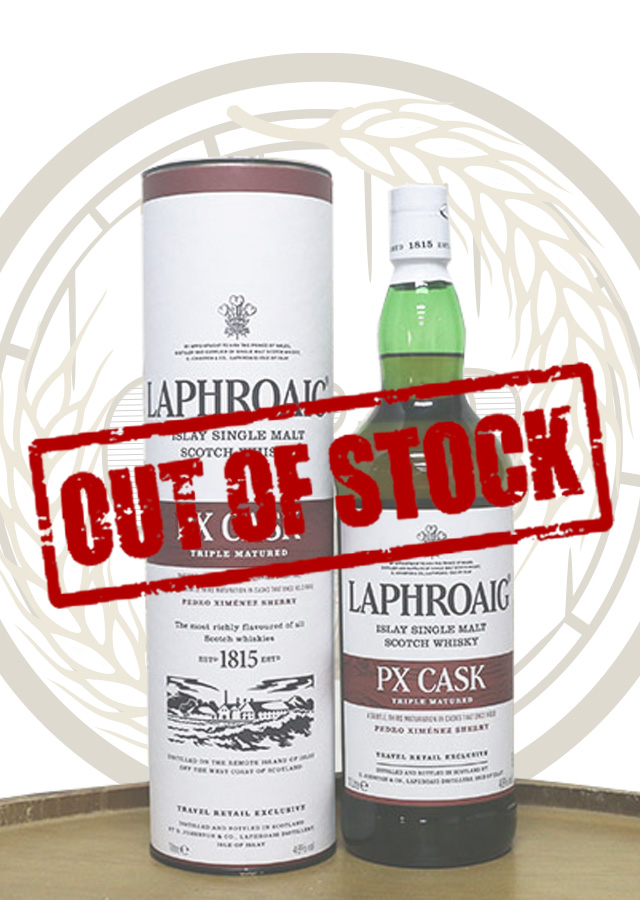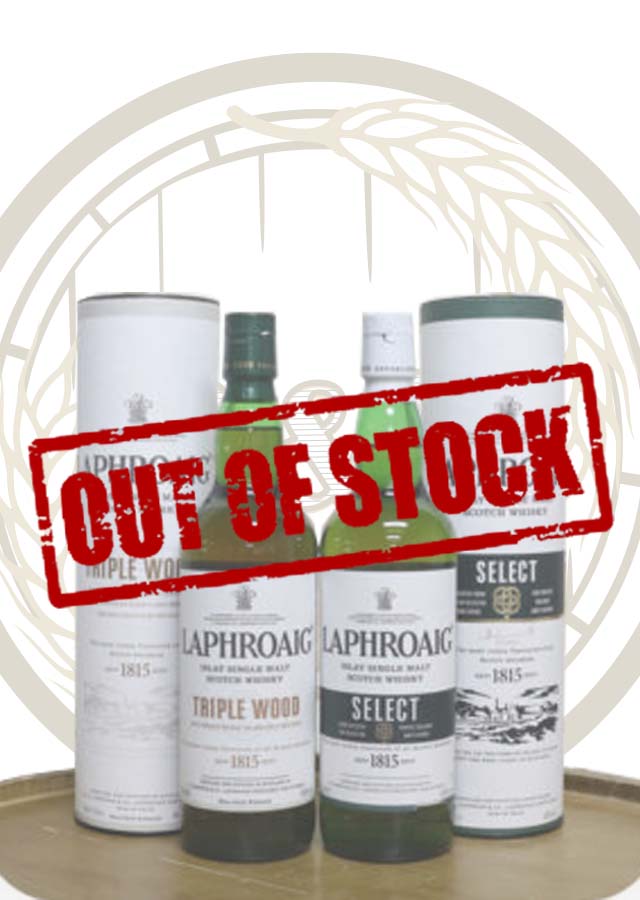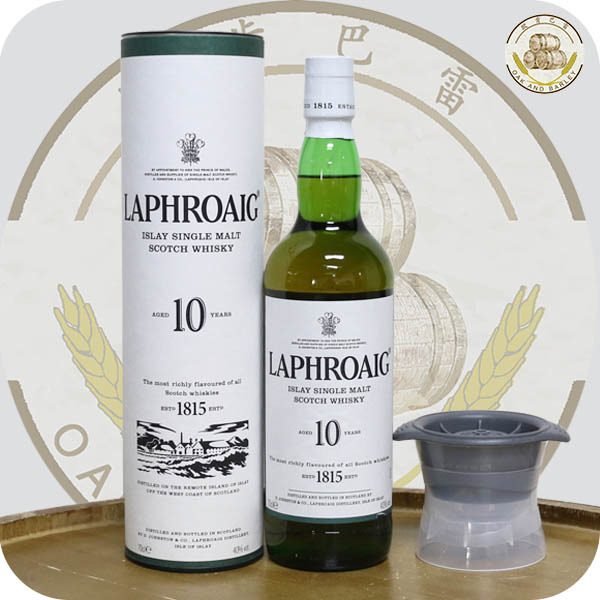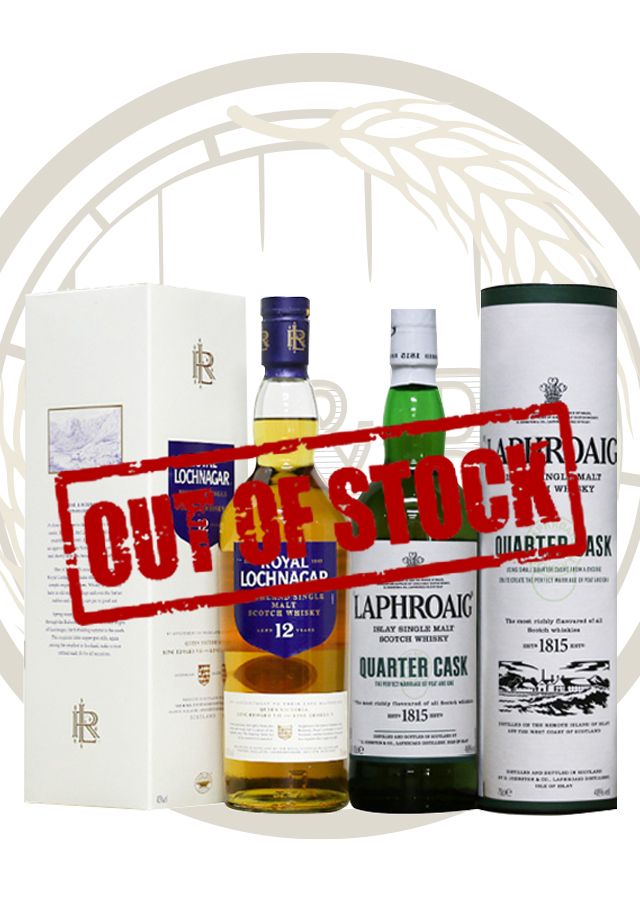Showing all 10 results
Laphroaig
Laphroaig – pronounced La-froyg – is one of the most divisive Scotch whiskies, loved by those who enjoy its medicinal, smoky flavour and looked on in amazement by those who don’t, it remains one of the most popular. Laphroaig distillery sits on the south coast of Islay, the first of the three Kildalton distilleries.
Laphroaig – pronounced La-froyg – is one of the most divisive Scotch whiskies, loved by those who enjoy its medicinal, smoky flavour and looked on in amazement by those who don’t, it remains one of the most popular. Laphroaig distillery sits on the south coast of Islay, the first of the three Kildalton distilleries.
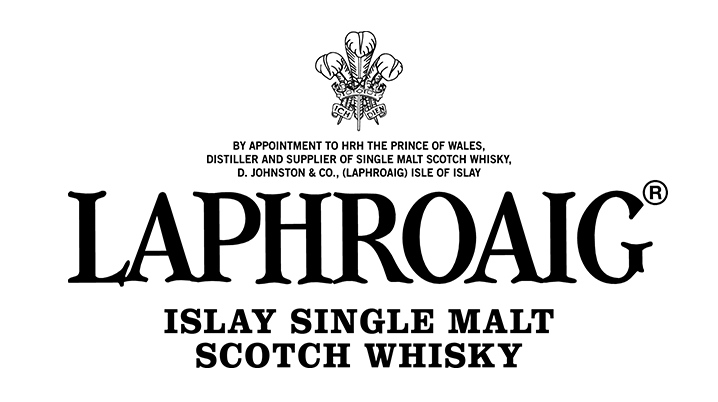
Part of the triumvirate of heavily-peated southern Islay malts, alongside LVMH’s Ardbeg and Diageo’s Lagavulin, Laphroaig is a substantial distillery with seven stills and a capacity of over 3m litres per annum (that’s 1m more than Lagavulin and 2m more than Ardbeg).
Laphroaig was founded in 1810 by brothers Alexander and Donald Johnston (although the official year of the start-up is given as 1815 on the company’s labels and literature). The histories of Lagavulin and Laphroaig have been closely tied together, with Lagavulin said to have been founded by Alex and Donald’s father, John. They were both called Johnston, you see. People talk.
Donald Johnston bought his brother Alexander out of Laphroaig in 1836, before falling into a vat of boiling whisky by-products in 1847. Lagavulin’s Walter Graham then leased Laphroaig and ran both distilleries until the young Dugald Johnston (Donald Johnston’s son, do keep up) was ready to take over Laphroaig.
However, a generation or so later, around the end of the 19th Century, the two distilleries got into an unseemly and very litigious scrap after Laphroaig tried to get out of an existing agency agreement to sell their whisky to Lagavulin for the latter’s blends (which included White Horse, invented in 1890 by Lagavulin’s then-owner Peter Mackie). This resulted in a string of court cases.
After the agency had finally run out in 1907, and with Laphroaig refusing to renew it, Lagavulin got the hump and blocked off Laphroaig’s water supply, necessitating another return to court to sort out the rights. Laphroaig won this round, only for Lagavulin to pinch their distillery manager the following year and set about trying to create copies of Laphroaig’s stills in a bid to make a spirit that would taste exactly like Laphroaig.
Fortunately, this attempt was not successful and today relations between the two great distilleries are rather more cordial.
During the prohibition period in the US (1920-1933), the ingenious Johnston descendant Ian Hunter managed to persuade the authorities that Laphroaig was not really whisky, and was allowed to sell it in the US under the label of ‘Medicinal Spirit’ -presumably because of its iodine character and the belief of a naive Customs official that no-one would drink such a powerfully-flavoured beverage for pleasure.
Laphroaig stayed in the Johnston family until 1954, when Ian Hunter died and left it to his secretary Bessie Williamson. Revered in Islay legend, Bessie stayed on the board until her retirement in 1972, by which time capacity had been increased and the distillery had passed into the ownership of Schenley International. The company was to change hands several more times in the next thirty years, before being acquired by Fortune Brands (Beam Global) in 2005.
Famously, Laphroaig is Prince Charles’s favourite whisky – he awarded the distillery his Royal Warrant in 1994. In the same year, the Friends of Laphroaig group was established, whereby devotees of the malt can register their love and receive in return a square foot of the land that Laphroaig bought to protect their water supply back in the time of the wranglings with Lagavulin. Laphroaig has been the best-selling Islay malt since 2002, and today accounts for around half of Islay single malt case sales.
Distillery manager John Campbell has been revamping the range in the last couple of years, adding to 2004’s enormously successful ‘Quarter Cask’ with his own 25-year-old expression and a limited 27-year-old sherried Laphroaig, the first edition of which carried away the Ne Plus Ultra gong for the best whisky tasted at the Malt Maniacs Awards in 2007.
Recently it has emerged that Laphroaig 15yo (supposedly Prince Charles’s favourite expression)has been discontinued and replaced in April 2009 with an 18-year-old expression bottled at 48%. The 25-year-old introduced in 2007 is also to be replaced with a cask-strength version, while the cask-strength 10-year-old will be repackaged and different batches will be released each year.
The meaning of the toponym is unknown, but a commonly suggested etymology includes the elements “lag” (Gaelic: hollow), “breid” (Norse: broad) and “vik” (Norse: bay), implying an original Gaelic form something like “Lag Bhròdhaig” (the hollow of Broadbay). The name may be related to a placename on the east coast of Islay, “Pròaig”, again suggested as meaning “broad bay”. The distillery and brand are owned and operated by Beam Suntory, the American subsidiary of Japan’s Suntory Holdings.
Unusually for a distillery of this size Laphroaig has retained its own floor maltings which still account for 20% of its requirements. They have been retained specifically because it is believed that the Laphroaig kiln produces a more creosote-like phenolic character than the malt the distillery receives from the Port Ellen maltings. Certainly, a tarry iodine note is one of the signatures of the spirit.
The Whisky Character
A very long fore shot run means there are less estery notes in the new make, while a deeper cut means that heavier phenolics are captured compared to Ardbeg and Lagavulin.
Its distinct sweet note, therefore, comes from the preferred cask type used – ex-Bourbon barrels. These, the distillery says, became the norm at Laphroaig post-Prohibition when Ian Hunter began travelling to the US. The effect of this type of oak is showcased in the Quarter Cask release where a vatting of younger Laphroaigs is finished in small casks. Some Sherry casks are in the inventory and are mostly used for longer-term maturation.
